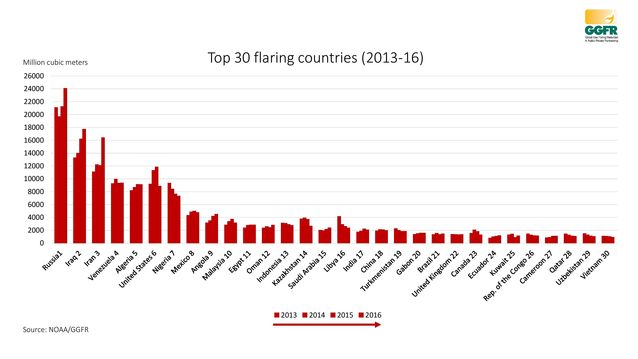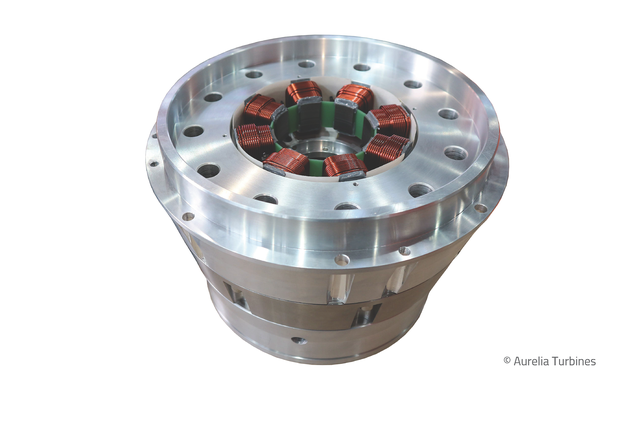Renewable energy production is growing, which is a good thing. Nevertheless, mankind will continue to rely on products from the Oil and Gas (O&G) industry for many decades to come. Therefore, we should make sure that the O&G industry too can benefit from the most modern, highly efficient and low emission technologies.
In addition to looking at O&G applications, this article also introduces the newly developed business model of Aurelia Turbines, which we call the “integrator model”. This will serve as the basis for our strategic approach to the O&G industry and will also be applied to other market sectors.

Applications
The O&G industry relies heavily on power generators that provide electricity and sometimes also heat to remote operational sites to ensure continuous and profitable operations. Applications for the O&G industry can be divided into three sectors: upstream, midstream and downstream. Here are some examples of these sectors.
Upstream – Extraction sites
The term “upstream” in the O&G industry refers to the extraction sites, where hydrocarbons are pumped or otherwise extracted from the earth.
Typically, in addition to the “clean” fuel extracted from these sites, there are also certain byproducts, including wellhead and sour gases (associated gas). Unfortunately, most of these byproducts are flared, which is not only a huge waste but also detrimental to the environment. According to the World Bank, global gas flaring in 2016 amounted to 149 billion cubic meters (bcm). To put this volume into perspective, according to the Enerdata Global Energy Statistical Yearbook 2017, natural gas consumption in Germany in 2016 was 91 billion cubic meters.

Fortunately, organisations such as the World Bank have introduced initiatives to reduce flaring (see Zero Routine Flaring by 2030).
Midstream – Compression and pumping stations
Midstream applications refer to the transfer of the extracted fuels, whether oil or gas, from the production sites to refineries for refinement into usable fuels.
In many places, unmanned pumping and compression stations are in remote locations with limited or no access to an electricity grid. It goes without saying that, for these sites, it is essential that power generation needs to be reliable and low maintenance, as both the cost of downtime and maintenance work are a major cost driver for production companies.

Downstream – Product processing and refinement
Downstream applications refer to the processing and refinement of O&G products, usually carried at large facilities, where high volumes of oil or gas are refined into highly standardised products for use by customers. These sites typically rely on highly efficient gas turbine cogeneration plants to generate power and steam for the processes. Nowadays, there are also smaller sites that enable the economic use of smaller and remote ‘raw-product’ locations. For these facilities, it is essential to have highly efficient cogeneration.
Safety first
Even though the emissions and efficiency requirements for O&G applications should be of the highest standards, safety always needs to come first. In the O&G industry, the safety of the site, personnel and environment is paramount; for this reason, the O&G market is regulated by stringent standards, such as ATEX and API.
Integrator model as entry model for this market
Aurelia Turbines is a manufacturer of the most efficient small gas turbines in the world. We are not a specialist in O&G applications, especially when it comes to fulfilling the different standards for packaging the generation units to be utilised in O&G operations. As such, we seek partners who are qualified and experienced in these applications.
To achieve a safe, profitable and environmentally sustainable solution for the O&G industry, we concentrate on our own know-how, while our partners focus on applying their experience and specialist skills. In particular, we address the design, manufacturing and control of the turbine units and fulfil the required standards, while our partners are responsible for the installation of the turbines into a package that is fully compliant or exceeds O&G standards.

The image above shows our standard A400 turbine. The parts in blue – the automation software and both turbine units – are our core know-how components. The remaining parts of our packaged systems are manufactured or assembled by our partners. In order to fine-tune our product to meet the strictest requirements for this market sector, the entire packaged system can be tailor made.
Aurelia’s offering and approach for the oil and gas industry
For the O&G industry, our turbines offer the following Aurelia product benefits:
- High efficiency and therefore reduced fuel costs
- High availability and reliability of operations
- Fuel flexibility
- Low emissions
- Low maintenance costs and simplicity of maintenance
- No vibration
- No oils
- Remote monitoring and operation
- Automated start/stop
- Certification
In addition, we deliver to our qualified partners just the main components of the turbine and control and allow them to add their specialist know-how. This results in true world-class products for even the most demanding applications.
